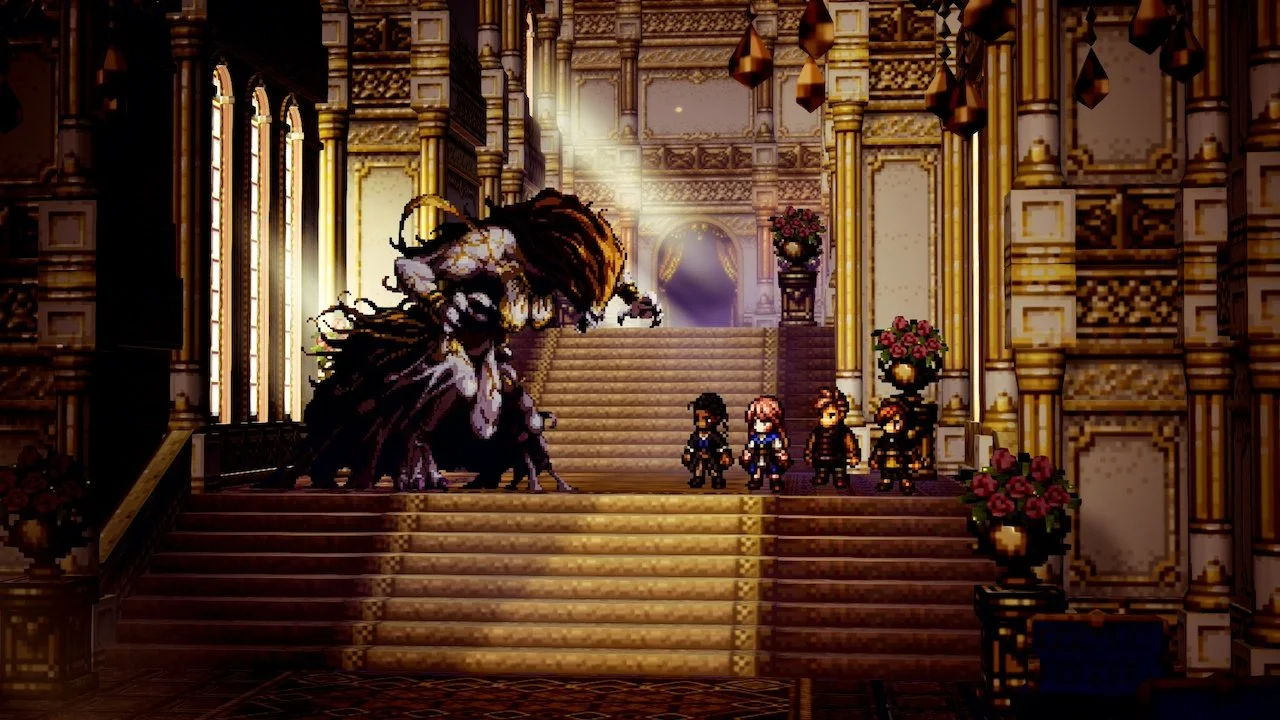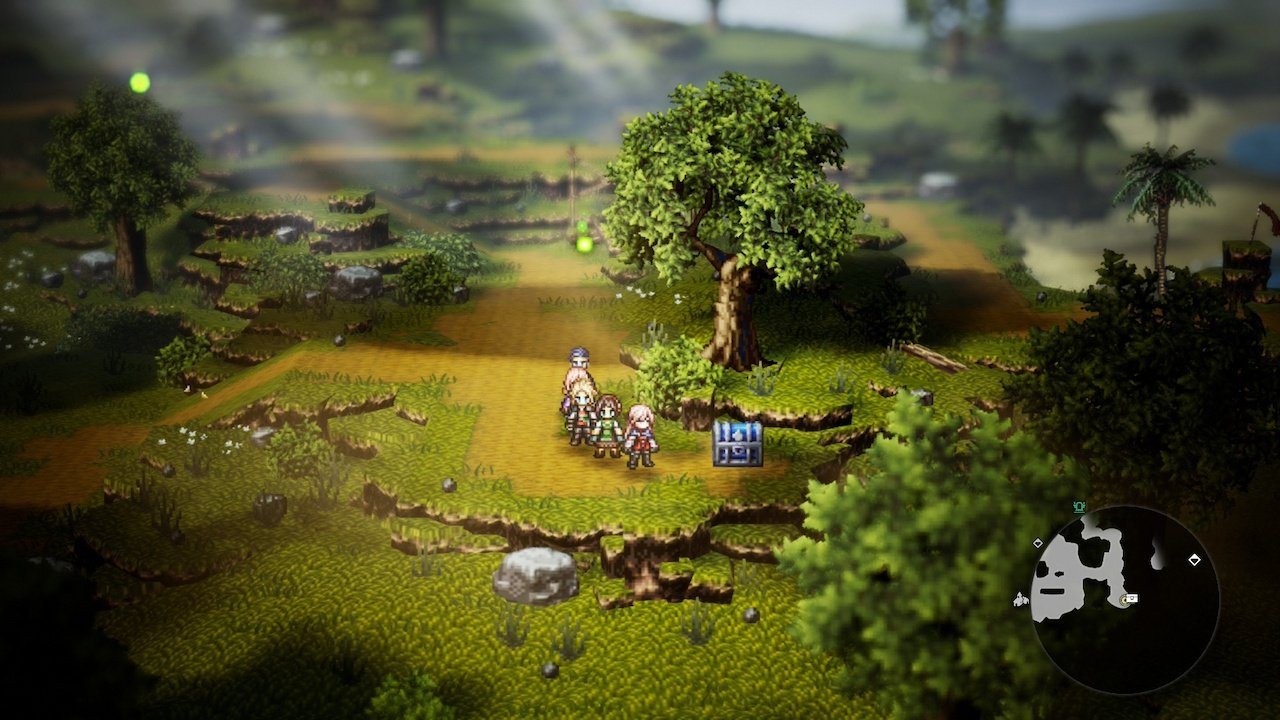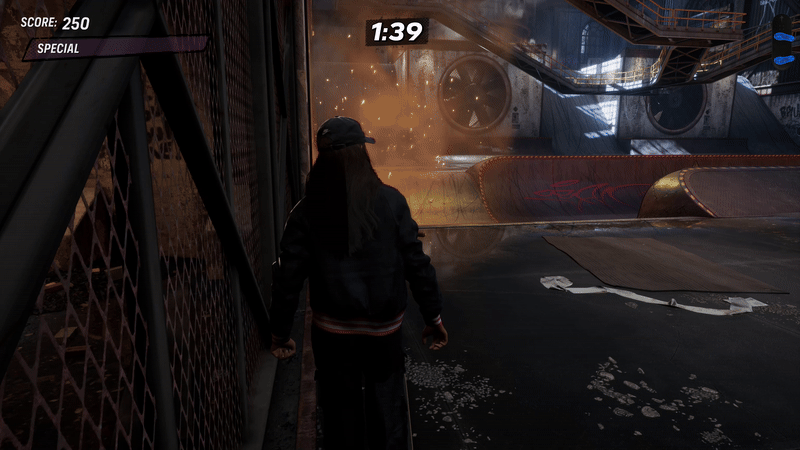Review copy provided by Smart Iguana Games
Designed by Dan and Luis Machado and published by Smart Iguana Games, DOCE is a two-player strategy game where the duel features dice and simple math turns into tactics.
It’s a small-box game that has more in common with chess and checkers than most modern tabletop creations.
Two players will try to outwit each other with their own set of dice and one grid to rule them all.
Using either four of their own dice or three of theirs and one of their opponent’s, a player must make a line that equals 12 in number. Score points over four rounds and whoever has the highest score wins.
It’s an easy game to learn, but it’s got some depth that will engage players. With a short playtime, it just might appeal to gamers as a competitive but light-hearted game to play as a palette cleanser between the miniature-stuffed and rule-heavy big-box games.
STORY
There is no lore behind the game. No mechanics that emulate some narrative arc. No characters, flavor text, or legacy campaign.
It’s just an old-fashioned game. Pick an opponent, grab your dice, and start playing.
Nothing wrong with that. DOCE knows what it is and doesn’t burden you with anything unnecessary.
The only story here is the age-old battle of the minds between two people and a game board.
GAMEPLAY
DOCE is super easy to learn. You can read the rules in five minutes, and you can teach the game in less.
You need one playing grid, two sets of dice, and two markers. That’s it. The rulebook and a score tracker come with the game, but that’s not essential if you want to keep score on paper and if you know all the rules.
And then you follow these simple steps:
Place a die on any available square.
Attempt to make a line of four of your own dice or three of your dice and one of your opponent’s at the end of the line.
Score points based on the state of the board when someone wins.
Play four rounds of the game.
Total the points from the four rounds and declare a winner.
So what makes it different from something like Hasbro’s Connect 4?
Well, there are some additional rules to consider that take DOCE to the next level of complexity and enable some exciting gameplay.
When a player places a die on the grid, they must also place the marker on top of it. This marker signifies the last die placed, but it also informs the player of the no-play zone. On the next turn, the player cannot place their die in any of the adjacent squares. This effectively cuts off anywhere between three and eight grid placements on the next turn. And it prevents a player from simply placing the die in a straight line one after the other.
That limitation means that this game doesn’t end as quickly or as inelegantly as a game of tic-tac-toe or Connect 4. Players have to think in advance how they want to approach the game board, and it requires more finesse and more tactical awareness.
And, beyond that, there is also the blocker die. This die is a special one-time use for players, and it eliminates the square it is played on. This means you can thwart the progress your opponent has made toward a completed line.
Also, when you use the blocker die, it can be played anywhere on the board (including the no-play zone) and you get to play a numbered die afterward as normal.
It’s a powerful mechanic that further increases the time and strategy of the game.
I liked a lot of things about DOCE.
Playing over four rounds meant that one mistake or unfortunate round could be countered later in another round. It lengthened the time spent playing and it made good victories feel more important. Losing a 20-point round wasn’t as discouraging when I had just won a 35-point round prior to that. It gives players multiple chances to succeed and makes it feel like a mini-tournament or best-of kind of competition.
Like chess in the park, DOCE is a game that you can enjoy just about anywhere while having a good conversation with the person sitting across from you. There is enough strategy to stimulate the brain, but the small-box dice duel doesn’t weigh heavily on you as you play. It’s light but tough. Small but cunning.
And there are also variants that you can try out to add new twists to the gameplay.
Master Die has players, at the start of each round, roll a die the resulting number is off-limits for the duration of the round.
Luck of the Roll requires players to roll 3 of their dice at the beginning of a turn and those are the only options available to put down.
Hard Mode places one of the blocker die into the middle square of the grid and removes the other one from play.
Think Ahead means that every die a player places must be higher in number than the previous one, with the placement of a 6 resetting the count.
There are also modified modes of some variants that add different rules.
So for such a small game, there is a lot in DOCE that strategy lovers and tabletop enthusiasts will like. It’s easy enough for everyone, including kids, to enjoy.
And it’s fun.
VISUALS
There are different editions of the game that you can buy. There are colorful ones that kids will love. There are well-crafted wooden ones if you want a more stately gaming experience. And there’s the traditional one that I played with that features a simple wooden black playing grid, white and black sets of dice, as well as the markers and score trackers.
It all fits snugly into the small square box, and the clean aesthetic looks nice every time I take it off the shelf.
As a fan of monochromatic design, the black and white appeals to me.
The short rulebook is easy to read, well-organized, and on nice paper, so even that was appreciated in the gameplay experience.
REPLAYABILITY
The approachable gameplay, the multiple variants, and the simple design of DOCE means that I’ll be playing this again and again.
It’s a cheap game, but it’s one that you’ll be able to keep for a long time and still find enjoyment whenever you play.
WHAT IT COULD HAVE DONE BETTER
Including the game variants in the rulebook rather than on the website would have been nice. I’ll have to print those off at some point and include them in the box so I don’t forget.
And there seems to be some wasted space in the box. The dimensions could have been thinner and still retained all of the pieces. That’s a minor quibble but, as a board gamer, shelf space is valuable so excess space is also an irritating design choice.
But there’s not too much that I could find at fault in DOCE. It’s a simple game. It’s not a tabletop RPG. It’s not a heavy strategy game. It’s not a legacy board game.
It’s a dice game. That’s all it is and that’s all it needs to be.
VERDICT
DOCE is a fun dice game with strategy that should appease those looking for something more. It’s got a small footprint on the table, but I think it will stay in my collection for a long time.
It does what it does well, and it’s a wonderful excuse to get a game off the shelf and spend some time with friends and family.























